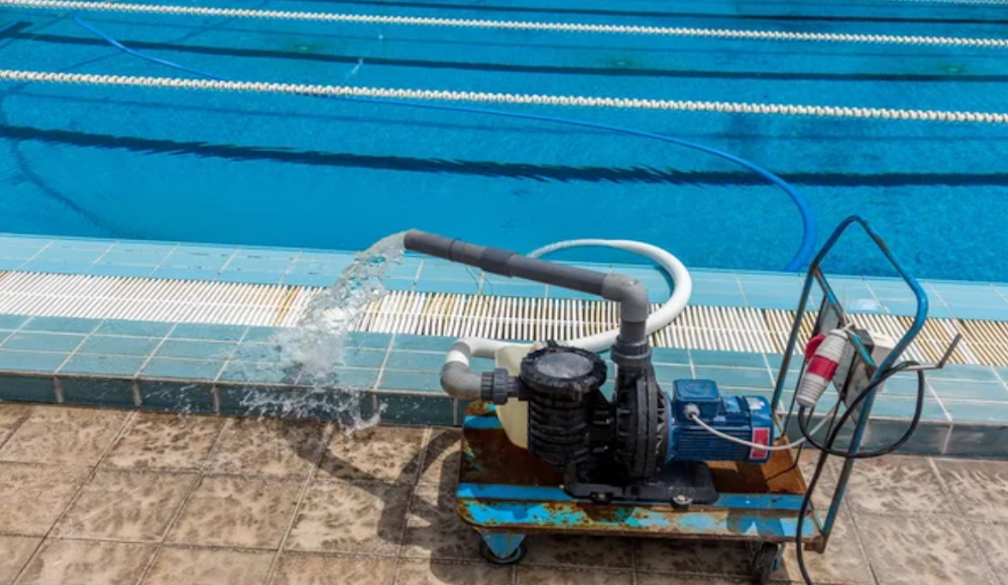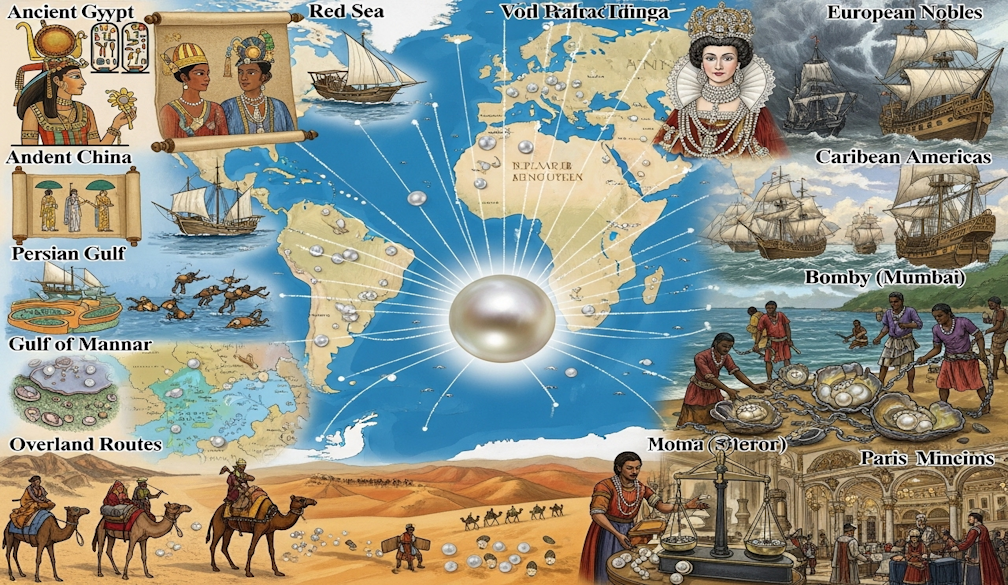Horse whipping is painful and cruel. The latest incident shows why it should be banned
- Written by Anne Quain, Senior Lecturer, Sydney School of Veterinary Science, University of Sydney

Last week, the peak body for equestrian sport in Australia suspended a prominent member after footage allegedly depicted Australian Olympic dressage rider Heath Ryan whipping a horse more than 40 times.
Ryan confirmed he was the rider in the footage, which was reportedly taken about two years ago.
He explained the horse, Nico, had belonged to a friend who had been hospitalised for serious injuries inflicted by the animal.
Ryan wrote Nico had “always been a problem child” and was about to be sent to slaughter.
However, Ryan, an experienced trainer and instructor, intervened to “salvage” the horse.
But horses, just like humans, feel pain, which is why more needs to be done to minimise the use of whips on horses.
What happened next?
The footage depicts Ryan mounted on Nico, forcefully whipping him.
Both the whoosh of the whip travelling at speed and the sound of it contacting Nico’s flesh are audible.
Nico kicks out several times in response, yet the whipping continues.
Nico seems “shut down” – a term used to describe a horse when they appear to have no understanding of what they need to do to make an adverse experience stop.
Whipping causes horses pain. The skin in the gluteal area of the horse, which Ryan repeatedly struck with the whip, is sensitive to pain just like the skin of humans.
This is not the first time whipping has been in the spotlight. In July 2024, footage emerged of three-time Olympic dressage gold medallist Charlotte Dujardin repeatedly whipping a horse on the hind legs.
This led to the International Equestrian Federation fining her CHF 10,000 (A$18,867) and imposing a 12-month suspension.
Read more: The Paris Olympics horse-whipping scandal shows the dangers of 'Disneyfication' in horse sports
More recently in Australia, in May 2025, the RSPCA prosecuted a case against trainer Liandra Gray, who was recorded striking a horse with a padded racing whip more than 40 times. A Tasmanian court found Gray had caused unreasonable and unjustifiable pain and the whip use constituted cruelty.
Equestrian Australia’s national dressage rules forbid excessive use of whips.
Despite stating he “hated” whipping Nico, Ryan argued he was acting in the horse’s interests.
After an undisclosed period, Nico was re-homed, and according to Ryan “is now thriving in a loving and competitive home with an exciting future”.
Does the end justify the means?
Ryan’s justification of his treatment of Nico is based on the positive consequences for the horse (avoiding slaughter) and the current owners (Nico can continue to be ridden).
This justification is a type of consequentialism, where an outcome is judged to be good or not based on the consequences it brings about. This raises an important question: what counts as a “good” outcome and by whose standard are we judging?
Ryan’s justification points to a culture where horses’ needs and interests are not respected and where they are valued solely for their utility to humans.
But we know horses are sensitive, sentient beings, capable of suffering.
The relationship between a rider and horse is often described as a partnership. In reality, horses have little choice.
The equipment and cues riders rely on to control horses work because they are aversive and even painful. Because horses are motivated to escape from painful stimuli, they rapidly learn to perform in the desired way.
Because of this reliance on aversive stimuli to control horses, it is essential riders remove it as soon as the horse performs the desired behaviour (for example, releasing tension on the reins).
Why was Nico a ‘problem child’ in the first place?
During riding, a horse knows it has responded correctly if the rider removes the aversive stimulus that was used to cue the horse.
If the rider removes the stimulus at the wrong time or not at all, the horse may become confused, stressed and express unwanted behaviours.
If this is repeated, the unwanted responses can quickly become a habit and the horse may be labelled a problem.
Based on the footage, it seems that instead of learning to move forward to escape pressure from the rider’s heels or whip, Nico appears to have developed a habit of stalling (slowing or coming to a stop instead of moving forward).
Stress and fear can impair animals’ ability to learn and problem solve and horses vary considerably in their personalities and ability to learn what humans require of them.
The combination of personality, stress, fear and rider inconsistencies can quickly lead to the development of unwanted behaviours.
It is likely Nico’s behaviour reflects these factors.
It’s time for a change
This incident likely taught Nico to fear humans and to expect that being ridden will involve inescapable pain unless he does exactly what his rider wants.
Training methods like this are considered outdated and unethical.
This is because there is ample scientific evidence showing the modification of unwanted behaviour in ridden horses can be achieved without resorting to violence to force them into submission.
International groups such as the International Society for Equitation Science (ISES) and the Federation of Veterinarians of Europe have highlighted the risks of misusing aversive training stimuli.
They argue training methods that lead to fear and stress are inefficient and pose unacceptable welfare risks.
ISES has even developed a set of 10 principles for training even the most difficult horses.
While Ryan has justified his intervention as the only possible solution to Nico’s unwanted behaviour, the scientific evidence shows it is neither necessary nor ethical to violently whip a horse to teach it a lesson.
Authors: Anne Quain, Senior Lecturer, Sydney School of Veterinary Science, University of Sydney



















